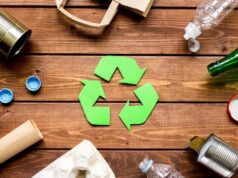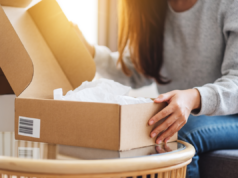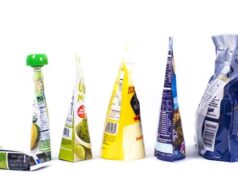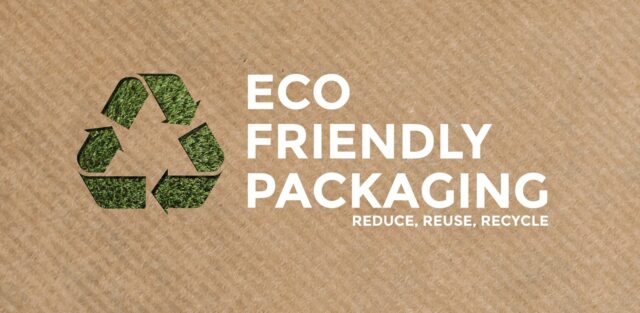
A lot of companies shipping their products both locally and worldwide are struggling to keep their negative impact on the environment on minimum. This goes especially for the packaging of their goods, as sometimes it can be really tricky to manage. But, this blog will try to give you some insight about which of the materials are best to be used, and what tips you can utilize to make the whole packaging process eco-friendly. So, let’s take it from the top…
1. Learn the basics
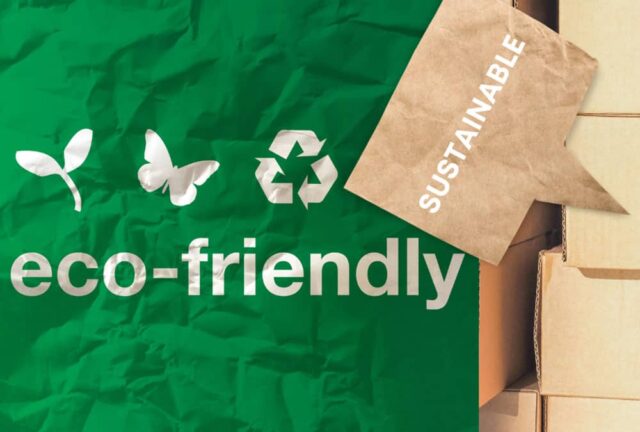
You’ve probably heard about sustainability and environment, as both have become quite popular. These two terms go hand in hand, especially when this subject is brought to the table. Proper packing can help reduce your negative influence on the planet, by reducing the amount of packaging materials used. How so? Well, this decreases the amount of waste produced, which can help create a more sustainable environment.
Usage of such packaging is important because it directly influences the reduction of the energy needed for transport. It can be accomplished by using lightweight materials and using more efficient transport methods. By doing this, companies can reduce fuel costs and their overall energy costs.
Finally, the use of these techniques can help promote the use of renewable materials. Renewable materials, such as post-consumer recycled material, can be used to create packing materials. This helps conserve natural resources and reduce the negative environmental impacts caused by unsustainable packaging practices.
2. Choose the right materials
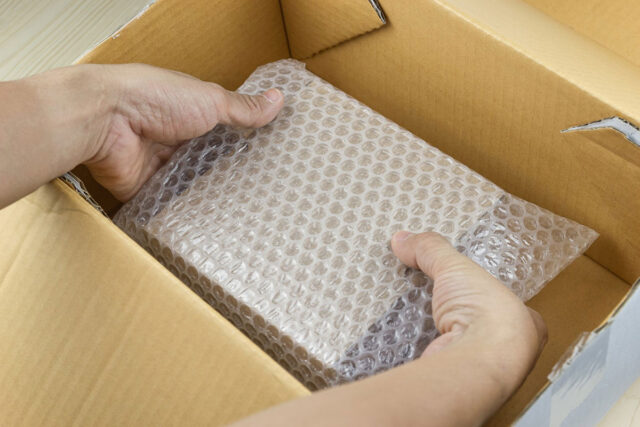
When you decide to pack your products in an eco-friendly way, there are a variety of options at your disposal. Generally speaking, everything made of recycled materials, such as cardboard and paper, is the best choice. Reusable materials, such as glass jars and metal cans, are also preferable as they can be reused multiple times.
Packaging in reusable wooden crates is a highly sustainable and tasteful way to present your products, all you need to do is find a wooden crate manufacturer. These are an eco-friendly alternative to single-use packaging, reducing the amount of waste sent to landfills and reducing the environmental impact of packaging. Not only are they more sustainable, but they also look great. They provide a classic, timeless look that is sure to make a statement. They are strong and sturdy, making them ideal for transporting heavy or fragile items. Unlike cardboard boxes, which can easily tear or collapse under pressure, wooden crates can withstand rough handling and protect their contents from damage. The natural wood grain of the crates gives off a warm, inviting feel that can really enhance the presentation of the products. They can also be customized to fit the look of your product or brand, making them even more attractive. Overall, packaging products in these crates is not only sustainable, but also tasteful. They are also easy to recycle, as they can be broken down into wood chips or used as fuel for biomass energy production. This process is much more sustainable than traditional waste disposal methods, such as landfilling or incineration.
On the other hand, packaging made from single-use plastics, such as plastic bags and bubble wrap, is not environmentally friendly. These materials are not biodegradable, and often end up in landfills or the ocean, where they can cause significant damage to the environment.
In addition to avoiding single-use plastics, it is important to consider the overall size of the packaging. The less packaging that is used, the less waste is created in the end. Whenever possible, it is best to choose packaging that is minimal and efficient, yet still provides the necessary protection.
Overall, the most environmentally friendly packaging choices are those that are made of recycled materials, reusable, and minimal in size. By making these types of choices, it is possible to reduce the amount of waste generated and help protect the environment.
3. For Tips on Environmentally Friendly Packaging, consider the following:
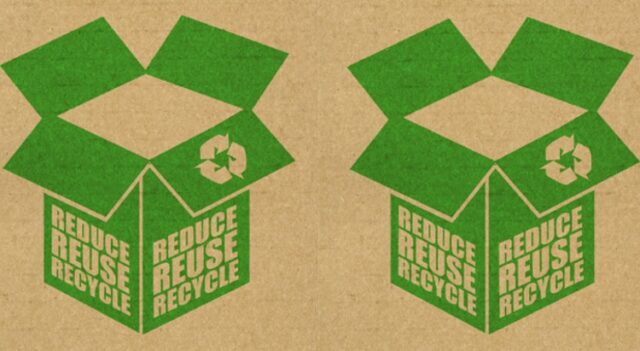
- Use biodegradable or compostable materials.
- Avoid excessive packaging.
- Use recycled materials.
- Consider lightweight packaging options.
- Minimize the use of plastic.
- Use renewable and sustainable materials.
- Consider reusable packaging.
- Use eco-friendly printing and labeling options.
The Benefits of Proper Packing
The benefits of proper packing are numerous. By using the right kind of packing materials and techniques, you don’t have to worry about the shipment being damaged in transit. You also save money by minimizing the amount of packing materials used. Furthermore, with careful packing and proper labeling, you can minimize the time it takes to load and unload the shipment. Additionally, eco-friendly packing products are becoming more and more available. Using these helps reduce the environmental impact of the packaging industry.
By understanding the benefits of proper packing, companies and individuals can ensure their shipments arrive in perfect condition and shipped in the most environmentally-friendly way possible.
Wrapping up…
Packaging products in an environmentally friendly manner requires careful thought and preparation. You must consider the nature of your product, how it will be transported, how to protect it from damage, and how to ensure that it has the least environmental impact.
The tips in this blog have given you an insight into the key considerations you need to take into account when it comes to planning for eco-friendly product packaging. Proper packaging materials and techniques can be the difference between a successful delivery and a damaged one, and following the above tips can help to ensure that your product is packed with minimal environmental impact and with the utmost care for its protection.
Ultimately, ensuring that you make smart and conscious decisions when it comes to product packaging is key if you’re looking to reduce your environmental footprint. By choosing eco-friendly options, we can make a positive impact on the environment and create a more sustainable future for generations to come.

